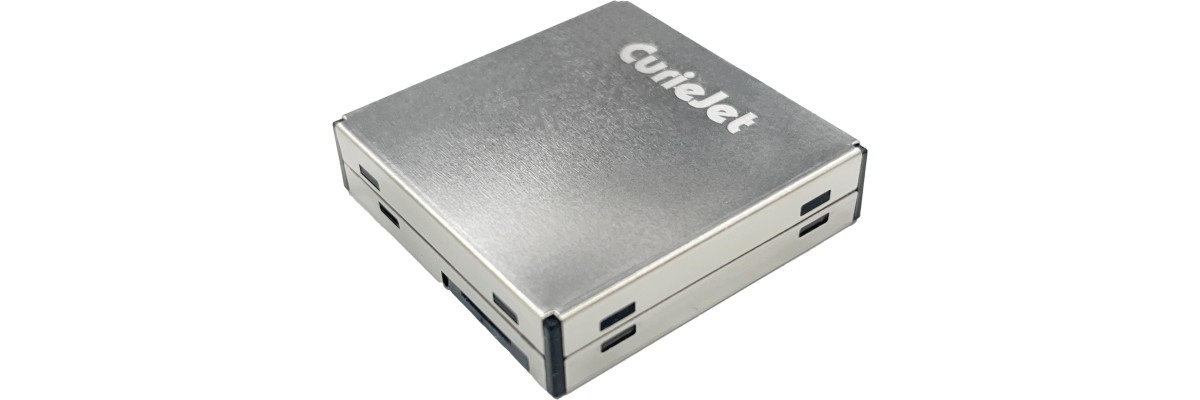
In an era where environmental concerns and public health are paramount, the need for accurate air quality monitoring has never been more critical. One of the key components of this monitoring is the PM2.5 sensor, which plays a significant role in assessing air pollution levels and helping us make informed decisions about our well-being. In this blog, we will delve into what a PM2.5 sensor is, how it works, and why it matters for our health and the environment.
What Is PM2.5?
PM2.5 refers to particulate matter with a diameter of 2.5 micrometers or smaller. These tiny particles are so small that they can be suspended in the air for extended periods. PM2.5 particles are a major component of air pollution and are known to have adverse health effects when inhaled. They can originate from various sources, including industrial emissions, vehicle exhaust, and natural processes like dust and pollen.
What Is a PM2.5 Sensor?
A PM2.5 sensor, also known as a particulate matter sensor, is a device designed to measure the concentration of PM2.5 particles in the air. These sensors work by drawing in ambient air and using advanced technology to count and size the particles present. The sensor then provides real-time data on the concentration of PM2.5 particles, typically measured in micrograms per cubic meter (μg/m³).
How Does a PM2.5 Sensor Work?
The operation of a PM2.5 sensor involves several key steps:
Air Sampling: The sensor pulls in ambient air from its surroundings, capturing a representative sample.
Particle Detection: Inside the sensor, a light source (often a laser) shines through the air sample. When PM2.5 particles pass through this light source, they scatter light in different directions.
Light Scattering Detection: Sensors use a detector to measure the intensity and pattern of scattered light. Based on the scattering pattern, the sensor can determine the size and number of PM2.5 particles present.
Data Output: The sensor processes this information and converts it into a concentration reading, typically displayed in μg/m³. This data is then made available for analysis and display.
Why Are PM2.5 Sensors Important?
PM2.5 sensors play a crucial role in several areas:
Health Protection: Monitoring PM2.5 levels helps individuals and communities protect themselves from the harmful effects of air pollution. High PM2.5 concentrations can lead to respiratory problems, cardiovascular diseases, and other health issues.
Environmental Monitoring: These sensors aid in assessing air quality and tracking pollution sources. They are essential for environmental agencies and researchers studying air pollution’s impact on ecosystems.
Policy and Regulation: Governments and regulatory bodies use PM2.5 data to set air quality standards and develop policies to improve air quality in urban areas. Public Awareness: PM2.5 sensor data can be shared with the public through apps and websites, raising awareness about air quality and encouraging people to
take precautions on days with high pollution levels.
PM2.5 sensors are invaluable tools for monitoring air quality and protecting human health. They provide real-time data that empowers individuals, communities, and policymakers to make informed decisions to reduce exposure to harmful pollutants. As our understanding of the importance of clean air grows, PM2.5 sensors continue to be at the forefront of environmental and public health efforts.
CurieJet® P710 Particle Sensor Module uses laser light with Mie scattering theory to measure PM2.5, PM10 and even PM1.0 particulate matter and dust in the air. It adopts our customized air pump, air chamber and MCU and is the world’s smallest optical laser PM 2.5 sensor with size only 29 x 29 x 7.2 mm. It is the smallest size in the world with only 1/4 volume of other optical laser PM2.5 sensors.
https://www.curiejet.com/en/product/particle-voc-index-barometric-pressure-sensor/environmental-sensor-modules
